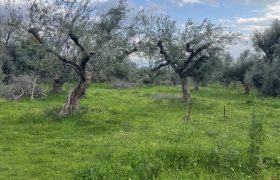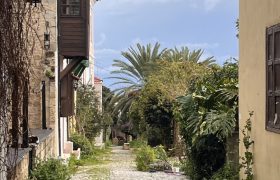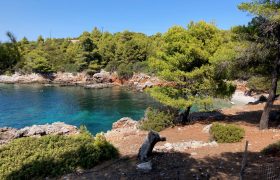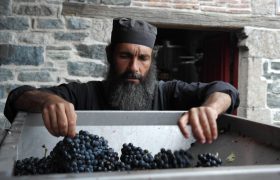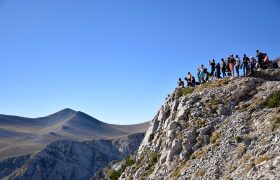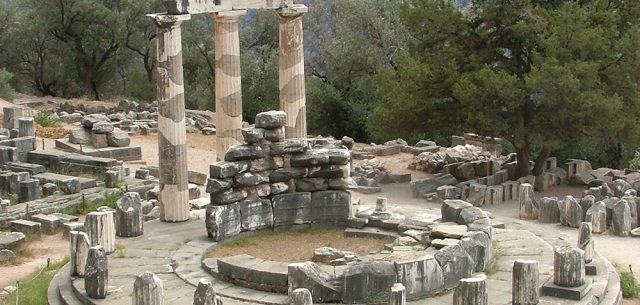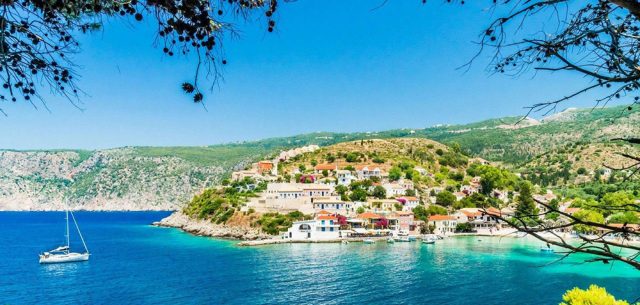24 Hours in Thessaloniki
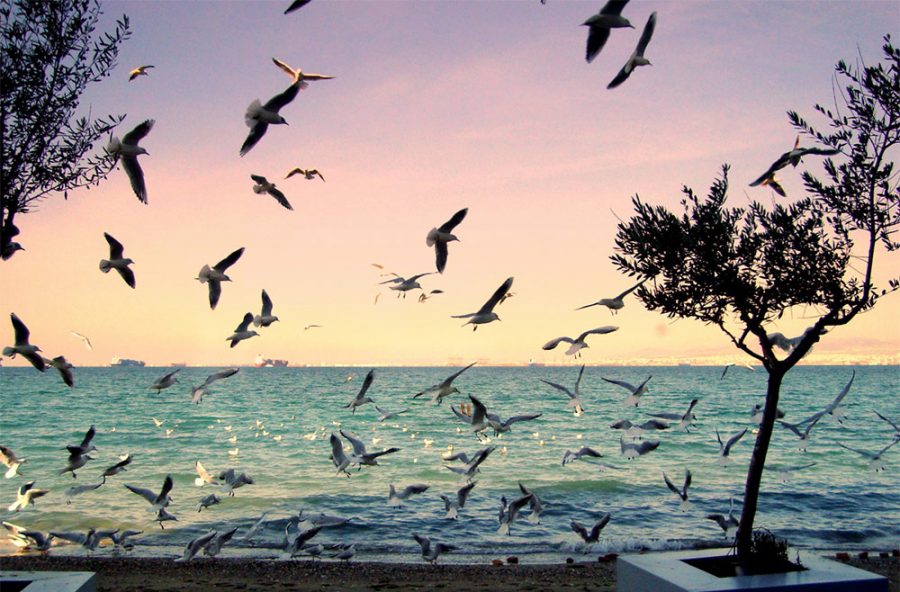
Athens’ ancient little sister “up north” has always been an intriguing alternative city, marching to her own beat. Insider’s Amanda Dardanis plots your perfect day out in this historic seaside port that rocks a youthful vibe, along with some incredible flavours.
Greece’s second capital is often cast in Athens’ shadow. But thanks to a brilliant “foodie scene” and prestigious events like the annual International Film Festival and Biennale of Contemporary Art, many now regard Thessaloniki as a culture and culinary stronghold every bit as vibrant as Athens.
Visit for the fantastic flavours alone. The Macedonian capital’s stormy history within the Ottoman Empire and the influx of Jewish and Russian immigrants has forged a richly varied gastronomic landscape. There are the celebrated fagadika (“little eating places”) with their inventive mezedes (every ouzerie boasts its own house specialty); the Politiki Kouzina (spicy dishes with a firm nod to Istanbul via ingredients like raisins and pine nuts); and the pre-eminence of buzzy waterfront psarotavernes (fish tavernas) serving produce hauled from the seafood-rich Bosphorus. Meanwhile, Thessaloniki’s kaleidoscopic market places – Modiano and Kapini – are a seductive tumble of scent, sound and colour. In places like Ladadika (the old Jewish quarter), olive oil storehouses have been converted into restaurants and bars, creating lively new dining dens.
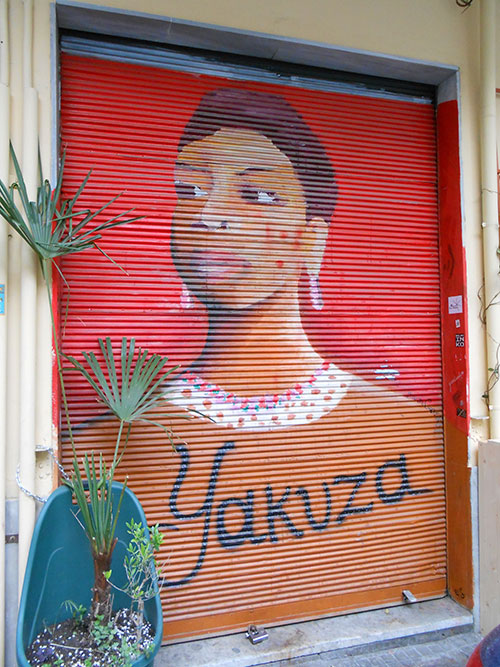
Street Art Thessaloniki-style
A thriving metropolis with a college town feel (Aristotle University is among Greece’s largest), Thessaloniki’s youthful energy is another great drawcard of this city that was crowned European Youth Capital in 2014.
Then, there’s the still fairly new Thessaloniki promenade: a transformative 6km seafront promenade, built five years ago, that has turned this ancient city of café aficionados into a populus of early morning strollers.
The financial crisis has bred a new wave of DIY culture makers too. Especially in the old fabric markets of Bezesteni and the Valaoritou district with its neo-grunge art and retro bar scene – all of which has contributed to Thessaloniki’s comparison as: “The Seattle of the Balkans”.
Here’s how to make the most out of 24 Hours in this captivating urban hub
Breakfast: the famous Thessaloniki “bougatsa”:
Greeks don’t really “do” sit-down breakfast. So do like a local and grab a coffee and bougatsa (phyllo dough filled with cream, cheese or savoury fillings) or koulouri (Greek bagel) on the fly. Thessaloniki is loaded with fantastic bakeries.
We recommend Serraikon, not far from the main Modiano markets, and the Turkish-influenced Hatzis on Venizelou 50 (for the city’s prized “trigona panoramatos” – triangular pastries – and the very novel chicken pudding “taouk kiouskou”).
Walk off your indulgences …
… with a leisurely amble down the popular Thessaloniki promenade running along Megalou Alexandrou. This wonderfully-scenic boardwalk has themed micro-parklands (with names like “Garden of Afternoon Sun” and “Garden of Alexander”) and striking contemporary installations reminiscent of Barcelona. Make a selfie-stop at the famous “Thessaloniki Umbrellas” by Georgios Zoggolopoulos then continue on to Thessaloniki’s most recognised symbol The White Tower. Formerly known as the Tower of Blood, this civic icon was once a notorious prison and the scene of mass executions during the period of Ottoman rule. After Greece gained control of the city in 1912, its exterior was whitewashed, its interiors remodelled.
Get your Warhol on at the Macedonian Museum of Contemporary Art
A 5-min walk away from the White Tower, you’ll encounter this world-class art hub where prolific international gallerist and collector Alexandros Iolas donated 30 works of global fame (Warhol and Akrithakis are among the permanent collection).
Next, take the short taxi ride to Aristoteleous neo-classical main square back on the old seafront. From there, weave your way through the kaleidoscopic open-air Modiano markets dating back to the 12th century, a seductive mesh of scent, sound and colour, dotted with exotic delicatessens in the city heart.
Lunch in Ladadika
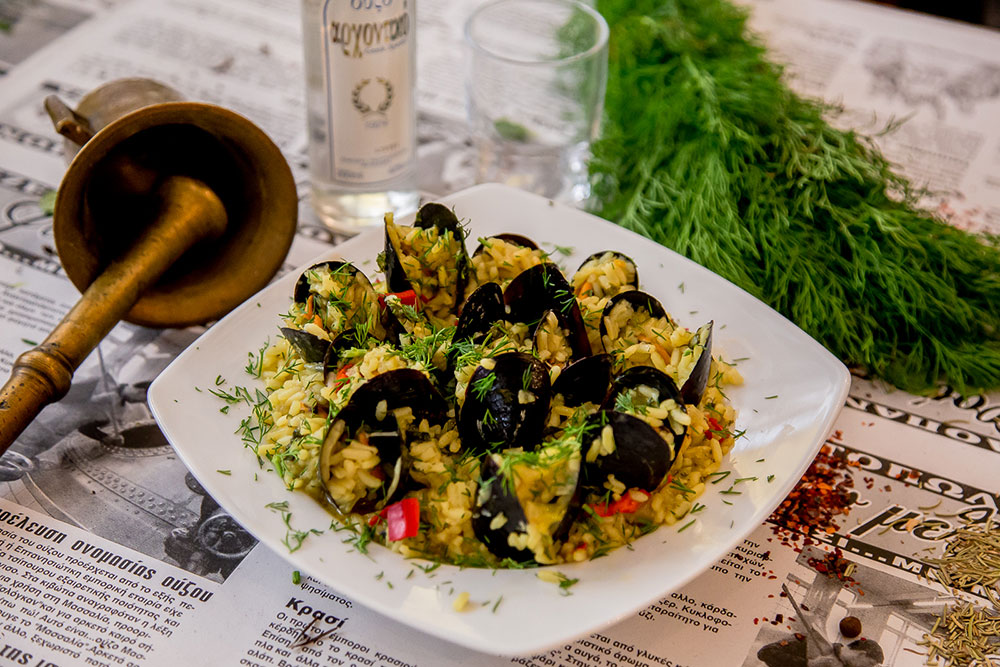
Mouth-watering morsels at Full Tou Meze
Lunch is in the nearby old Jewish quarter of Ladadika where olive oil storehouses have been converted into atmospheric restaurants and bars, in a diverse culinary landscape. The best are the mezedopolio with their inventive menus of “little bites” and their injection of Anatolian spice (food is considerably spicier than in Athens – and cheaper! – thanks to centuries of Ottoman Rule.)
Two great Ladadika choices: Full Tou Meze (Katouni 3) where the exhaustive meze menu has 20 different types of cheese alone and Panellinion (Doxis 1) with its delicatessen aesthetic and regional specialties (leek sausages from Elassona, syglino from Mani, fig salads, oil-cheese from Lesvos).
Post-lunch: Historic Highlights
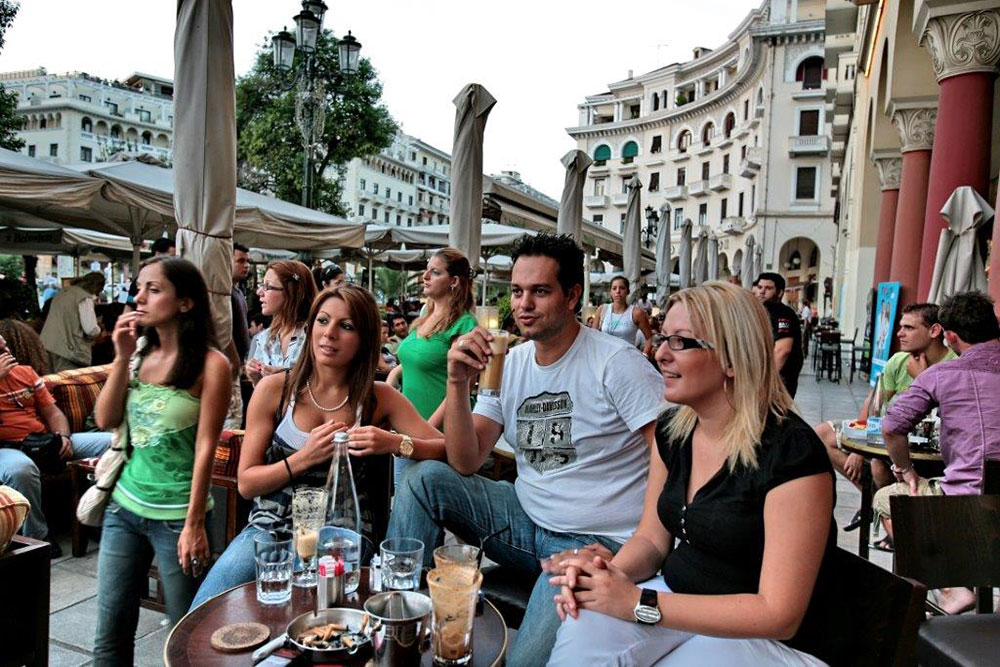
Thessaloniki Cafe Society
Walk from Ladidika through seafront Eleftherias Square – Thessaloniki’s prettier answer to Syntagma Square, up Eleftheriou Venizelou Street to the city’s most famous and holiest cathedral Saint Demetrius (Thessaloniki’s patron saint). His bones are entombed for viewing in galleries under the church. From there, you can access a number of Thessaloniki’s other major historic sights on foot: the Ancient Roman agora; Turkish hamman; and the Palace of Roman Emperor Galerius (250-311AD), one of the most important monuments of late antiquity.
All things Feta
Make a special point of including Greece’s first “Feta Bar” – the marvelous Mia Feta taste shop on your walking tour (Pavlou Mela 14). Mia Feta is both temple to all things feta and a gourmet grocery emporium stocking dairy products from the owner’s dairy in Grevena, 180km from Thessaloniki. Mia Feta is what happens when a former wood artisan and gourmet dairy farmer team up. Wildly popular is the panna cotta feta with tomato marmalade and the feta with wild Greek truffles. There’s also ever-changing tasting menus at reasonable prices – think mushroom ravioli with thyme and truffles and zucchini pancakes with smoked pepper cream.
Relax with coffee or cocktails at Kastro (Fortress)
Give your pins a rest and hail a taxi up to the ancient fortress city of Kastro (where people still live and work behind its 4th century stone walls), 200m above sea level. The scenic Kastro café just outside the entrance has compelling views – in particular over the old Turkish Quarter of Ano Poli, where you’ll see some of Thessaloniki’s finest Byzantine churches and elegantly restored town houses.
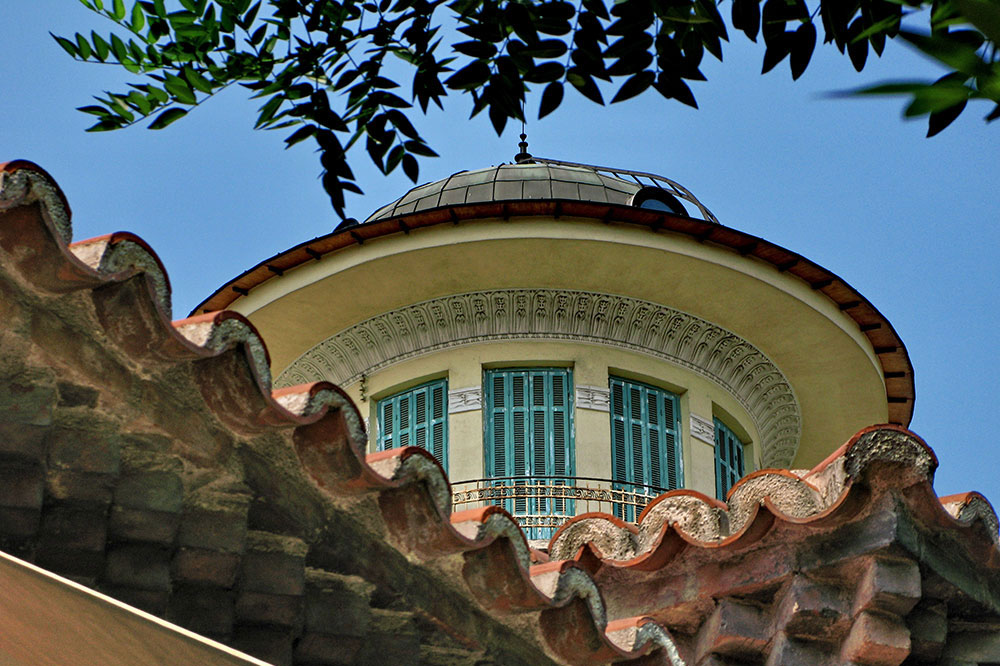
Byzantine sights in Bezesteni
Dinner at the madcap Ouzou Melathron taverna – a Thessaloniki trademark with a friendly neighbourhood (and non-touristy) feel back down near the old fabric markets of Bezesteni. Ouzou Melathron has a dizzying menu of appetizers and rambunctious (often comedic) nightly live musical performances – everything from Greek folk music (rembetika) to neo-grunge. If you’ve an appetite for something more contemporary, try hospitable newcomer Charoupi, (Doxis 4, Ladadika) who serve up standout Cretan cuisine, such as fried rosemary rabbit with a sauce of grape must and puree of roasted eggplant, in a modern space that blends wood and metal.
If you still have energy, nearby Valaouritou Street is the thriving neo-grunge/arty district largely responsible for Thessaloniki’s cool credentials. Nothing gets going until midnight; while on weekends, the merriment often doesn’t cease until 8 or 9am. Head for The Real Rocknrolla Bar (Valaouritou 31) or from May onwards, Fragile (Valaouritou 29) for its ace rooftop bar.
Top Tip
Like to eat on the run? Take a guided gourmet tour with www.eatandwalk.gr and immerse yourself in Thessaloniki’s rich food history and local culinary traditions, as you walk through some of the oldest food markets of Europe.
Where to Stay
City Hotel – a reviving four-star “urban nature design hotel”. Rooms cost between €80-100 a night. Great location, one block from the seafront and very close to the attractive main shopping boulevard of Tsimiski. The hotel’s spritely and fresh modern décor makes the perfect antidote to downtown Thessaloniki’s frenetic soundtrack.

